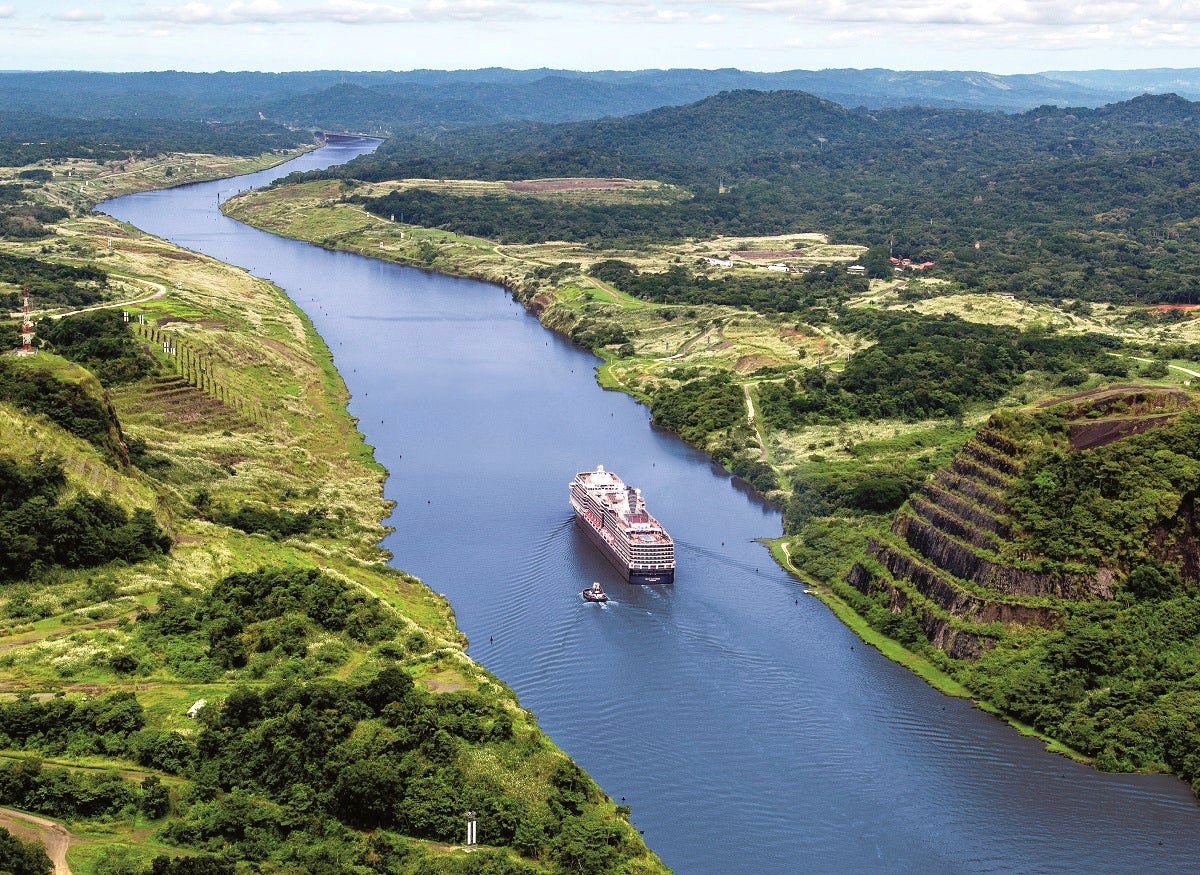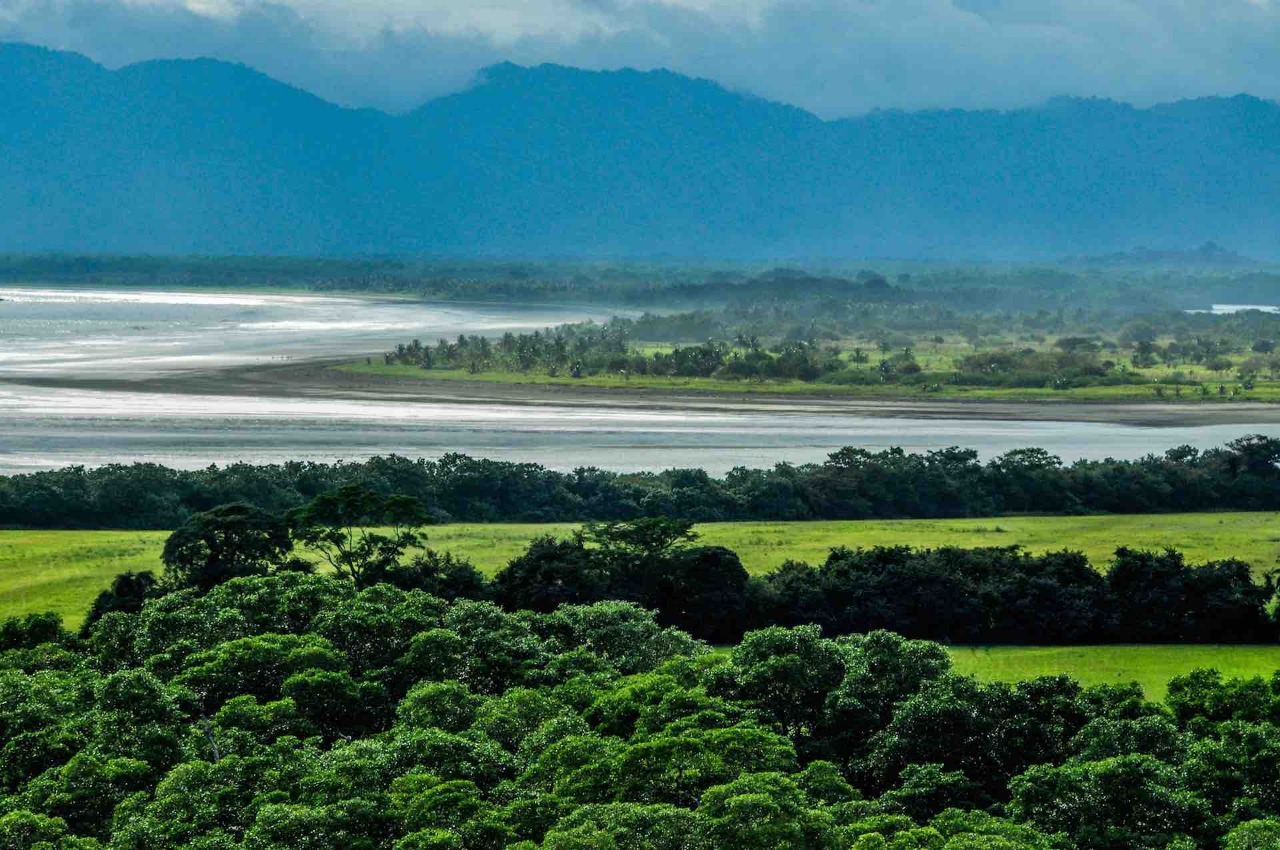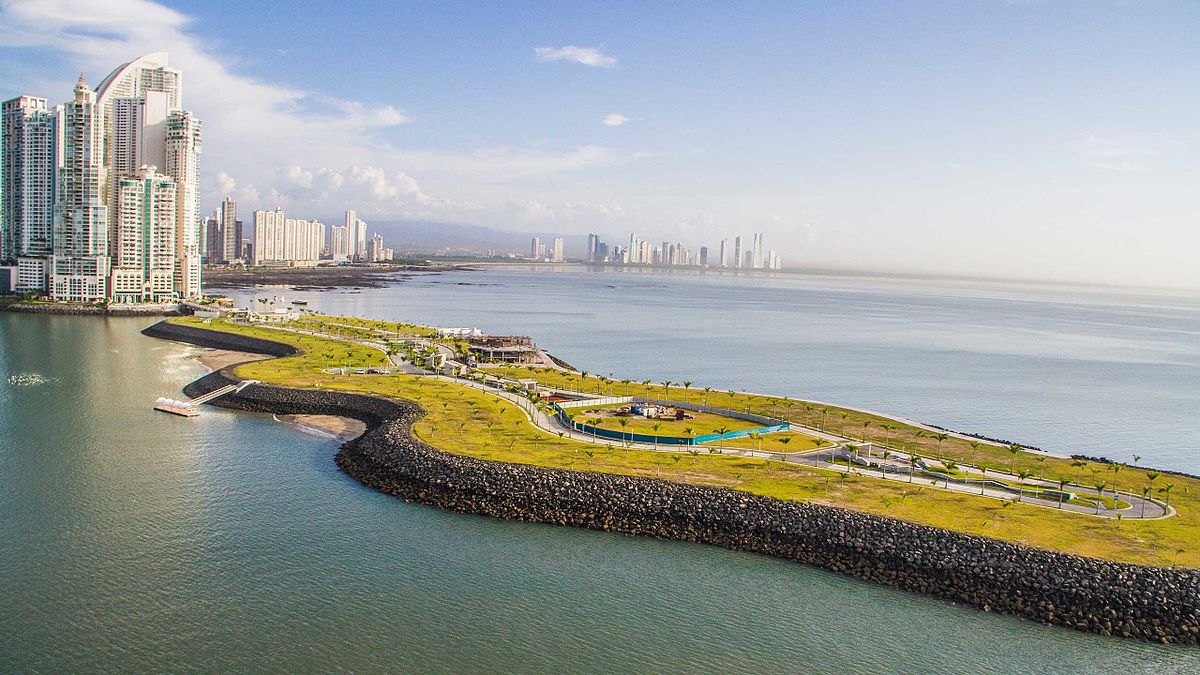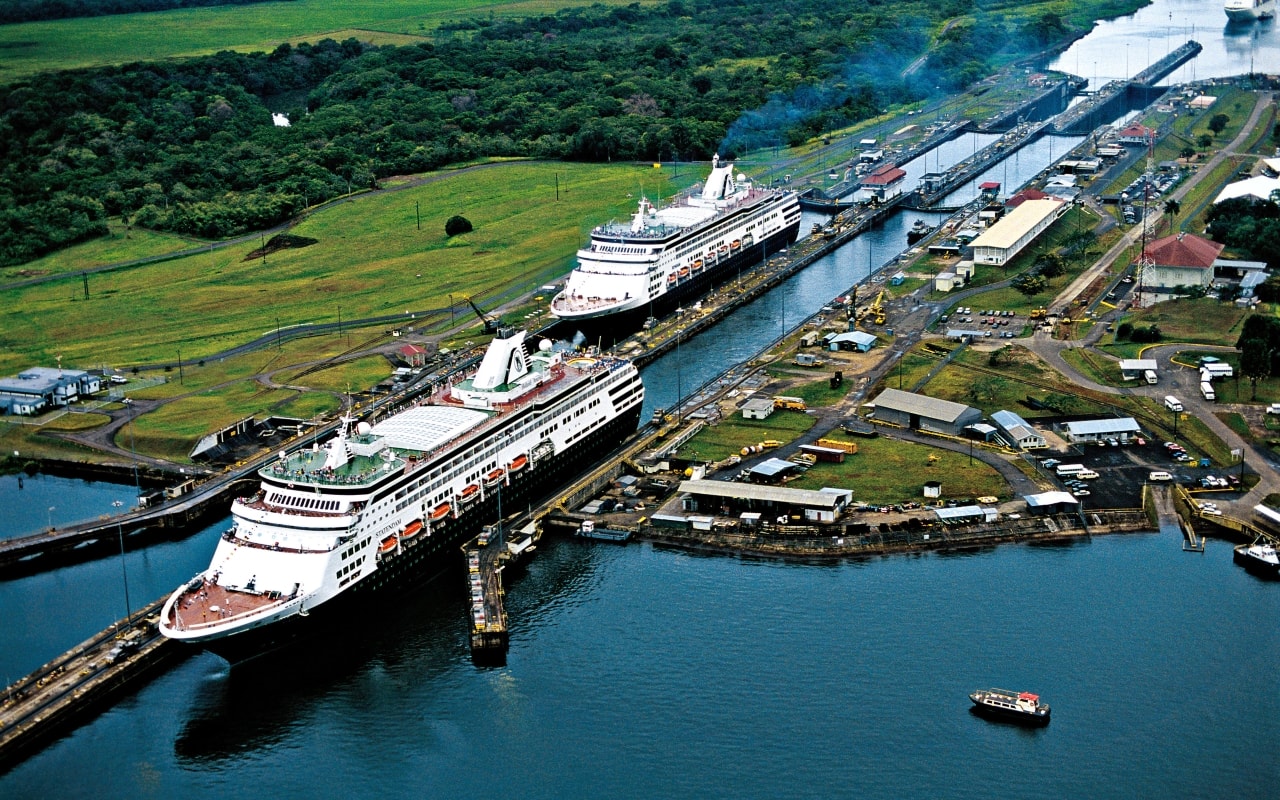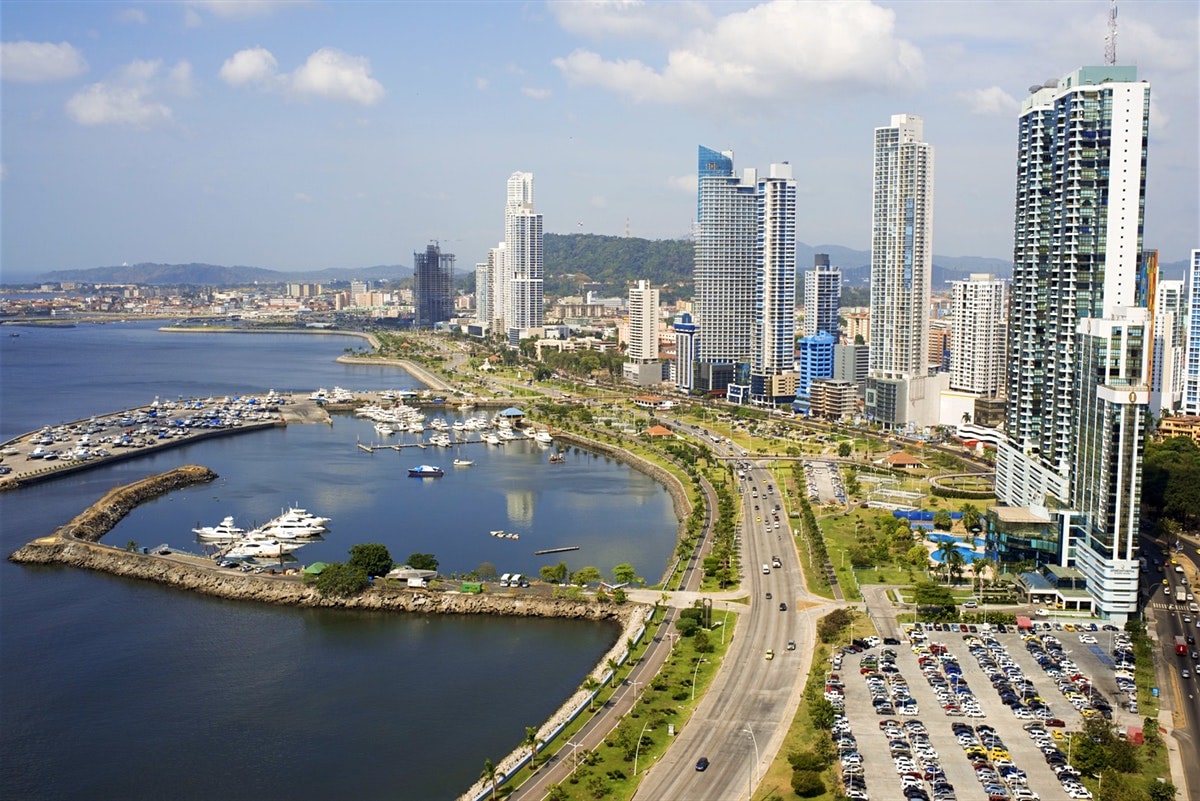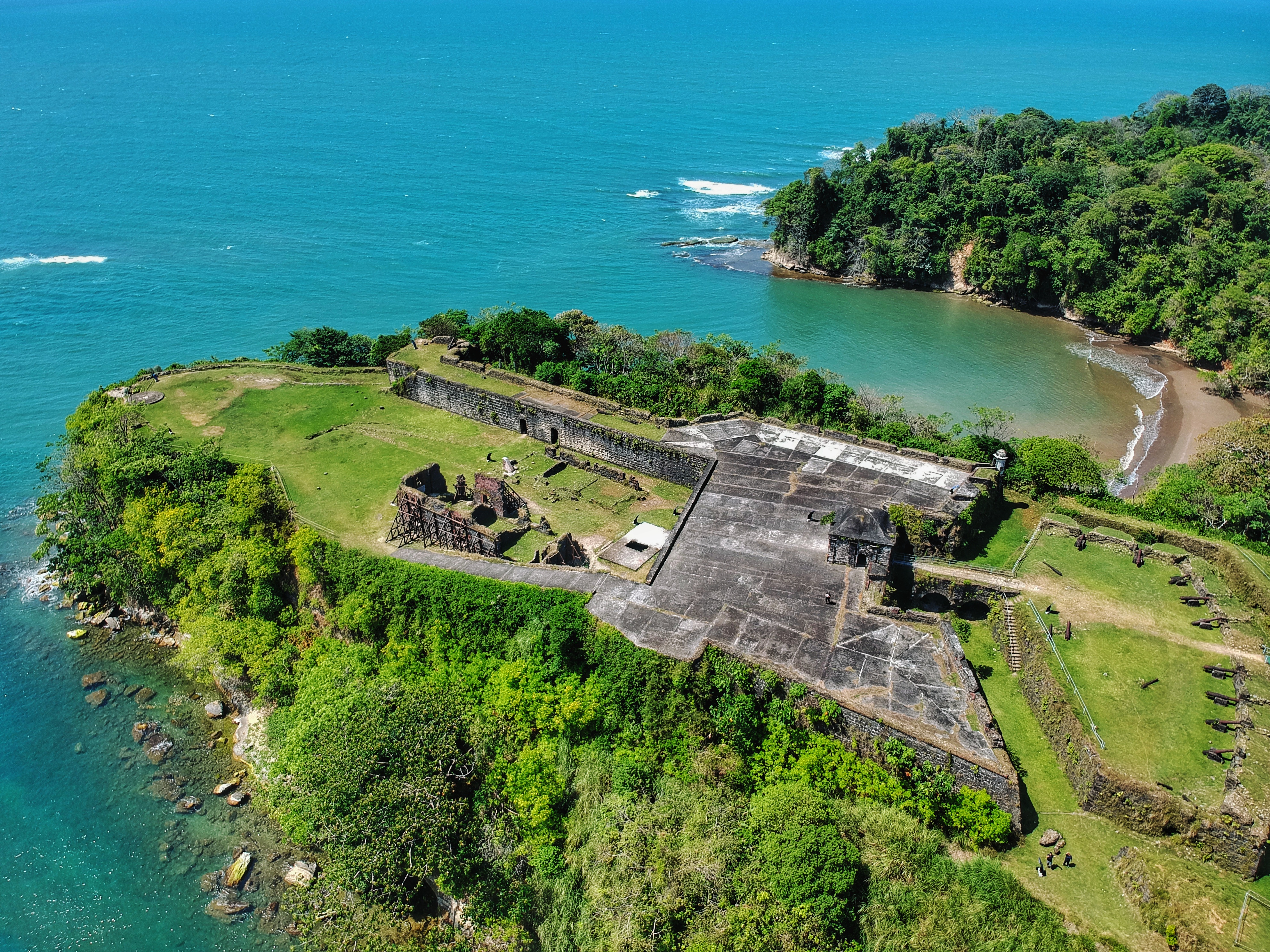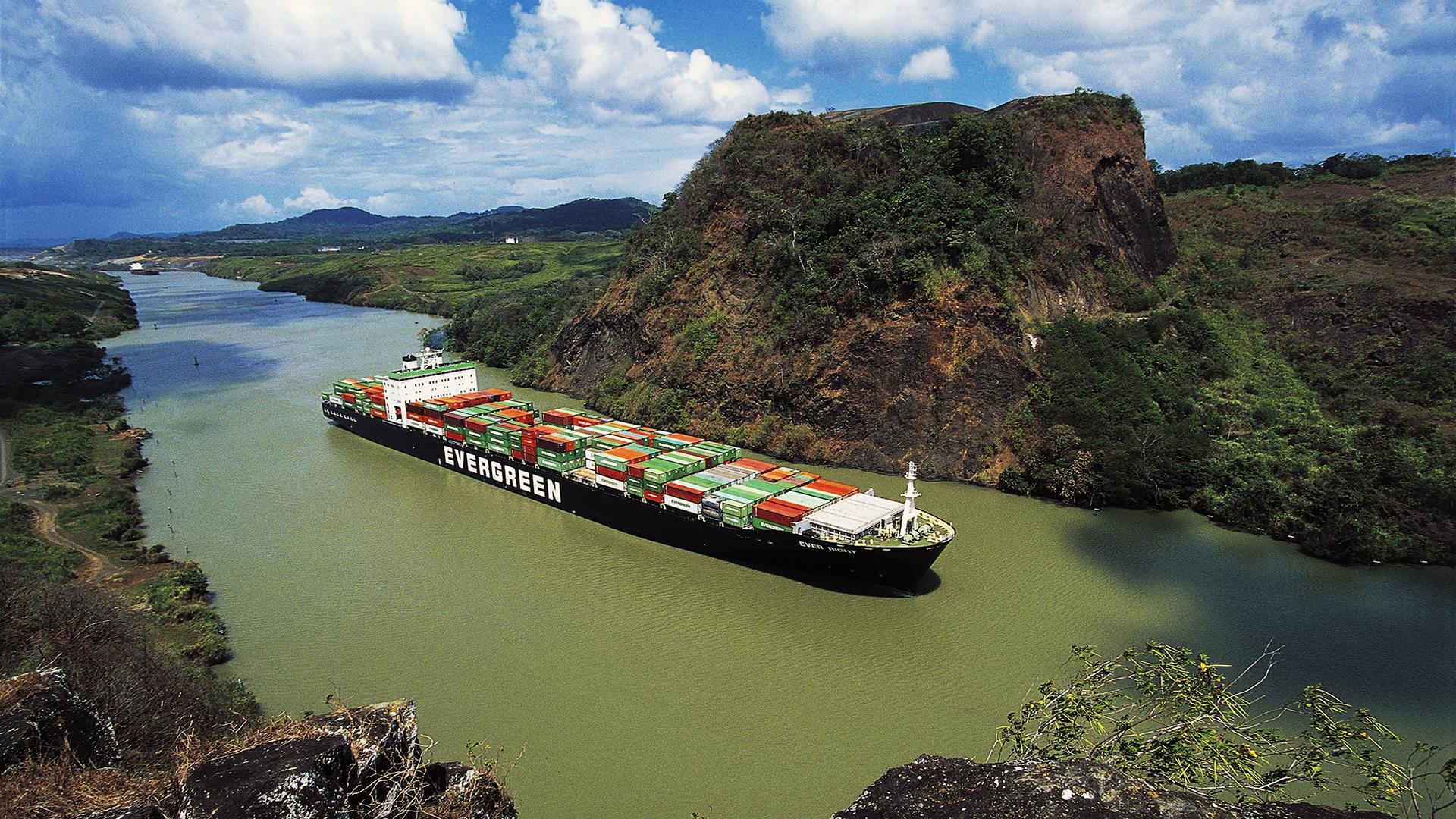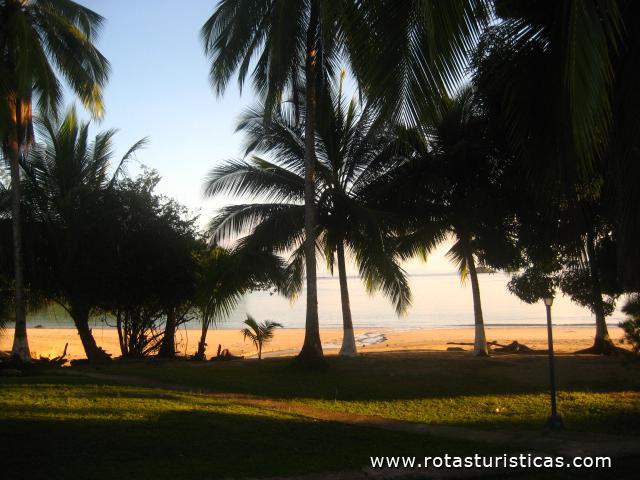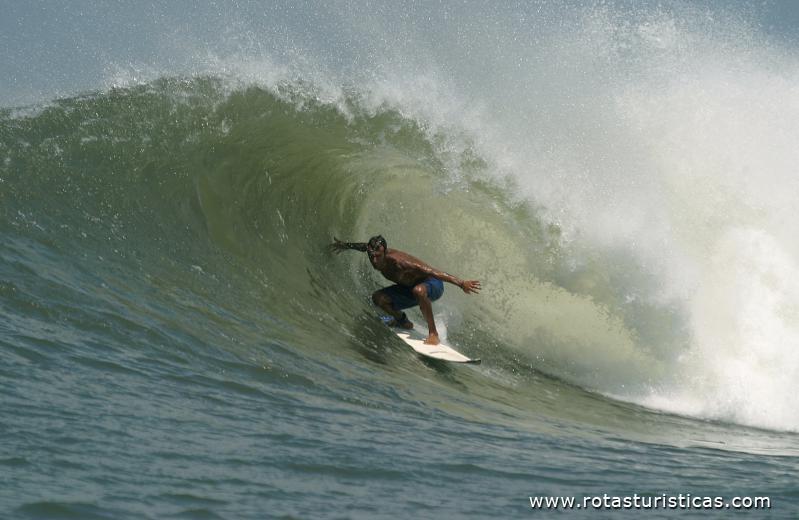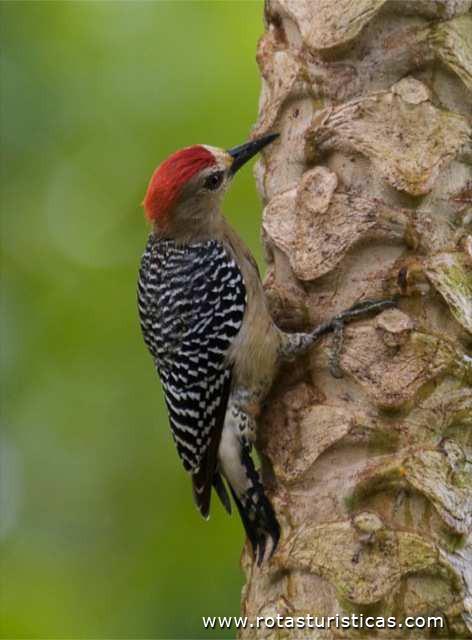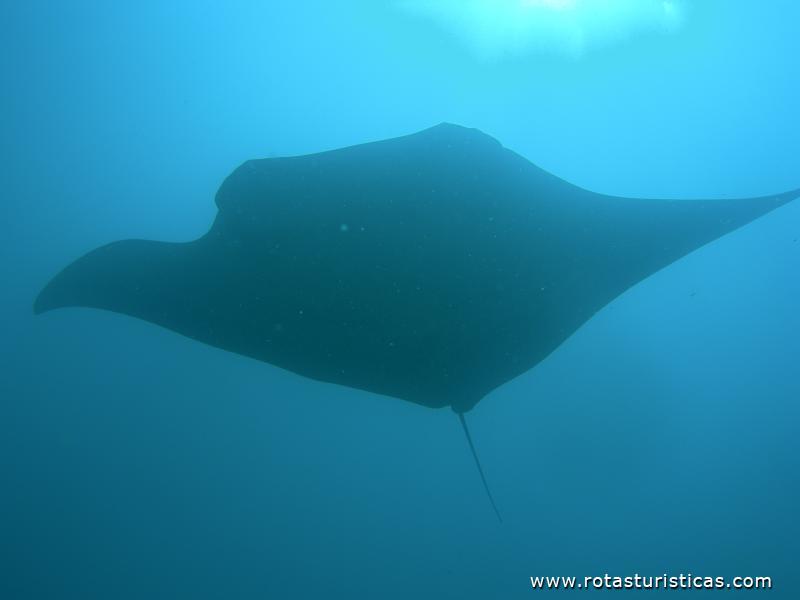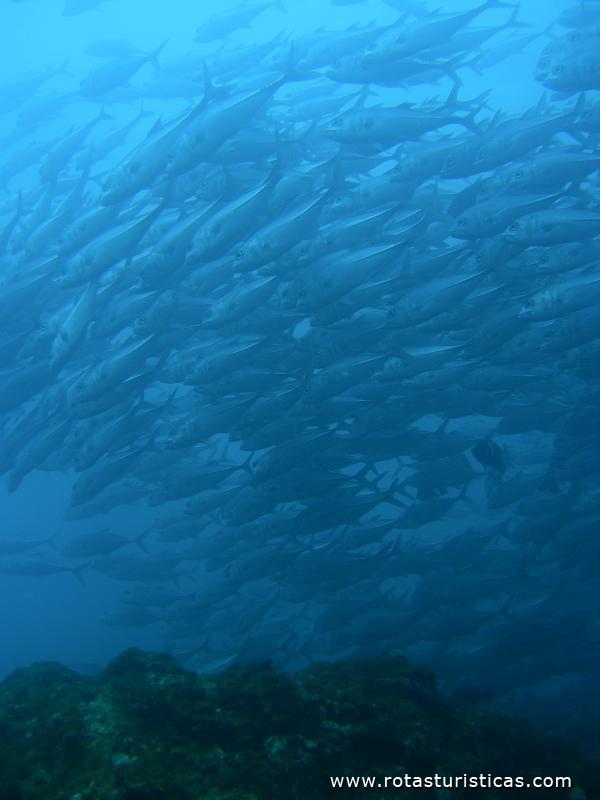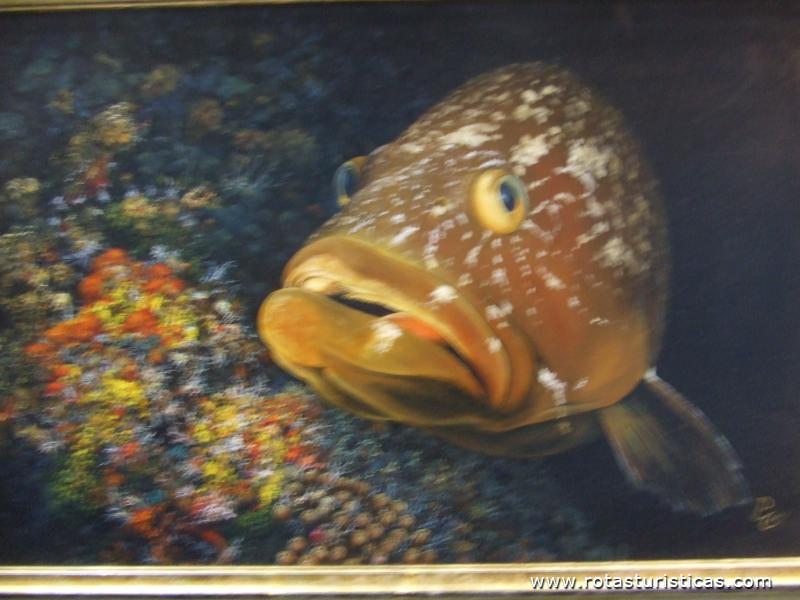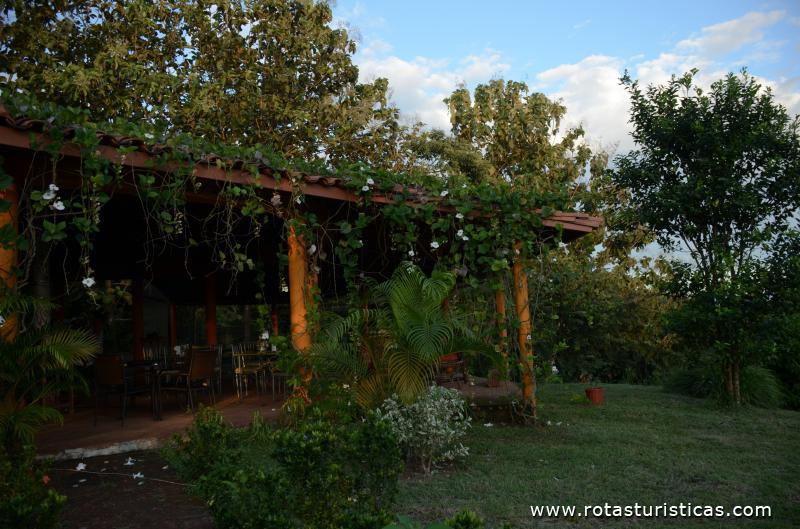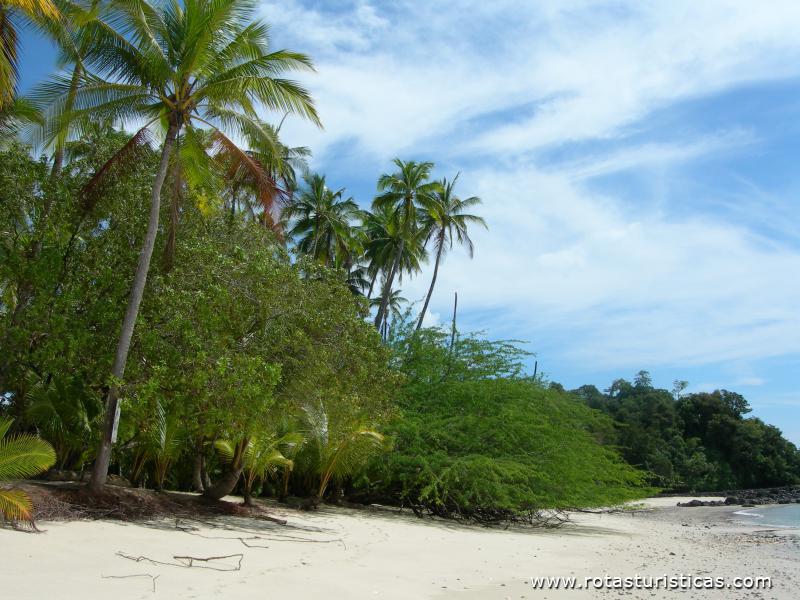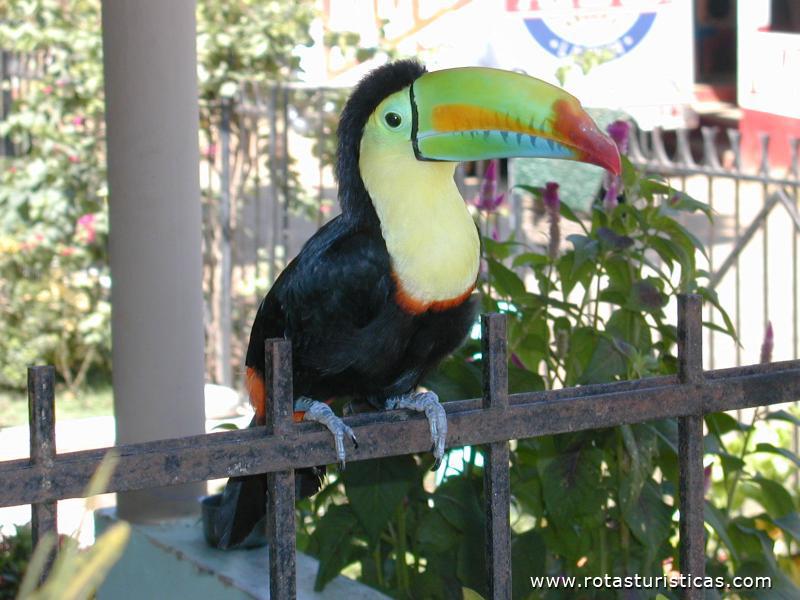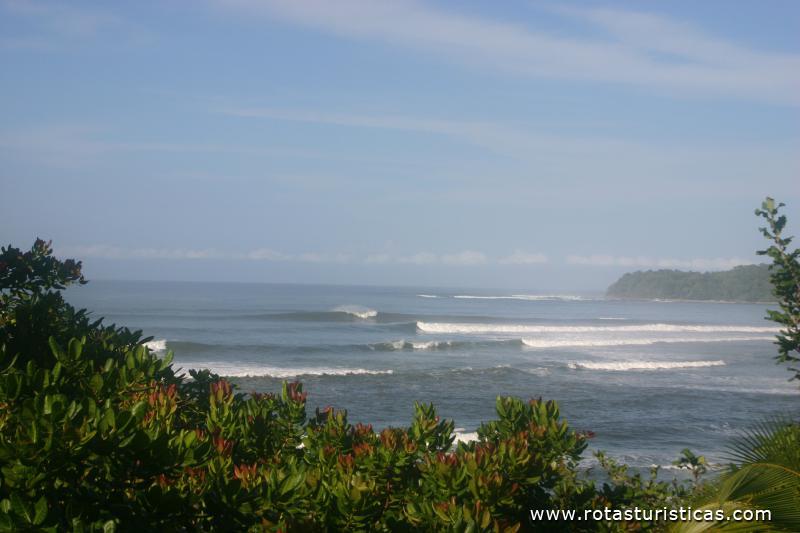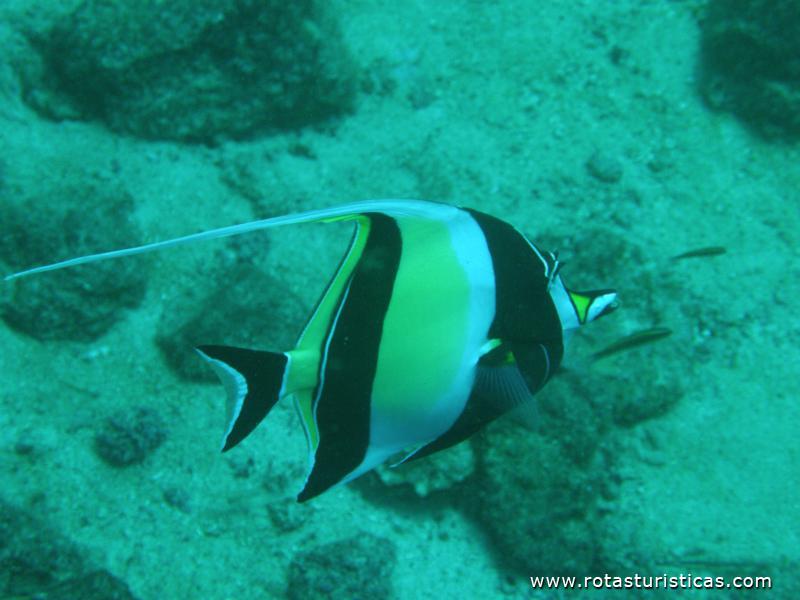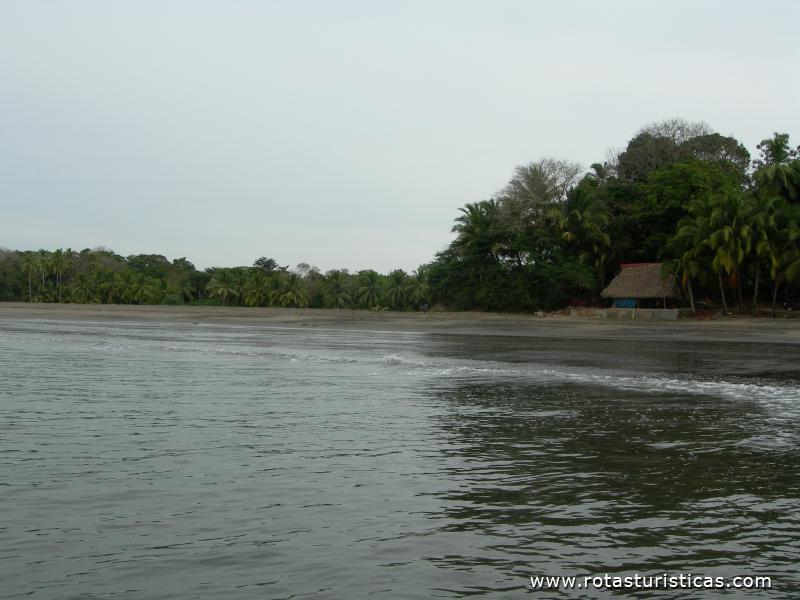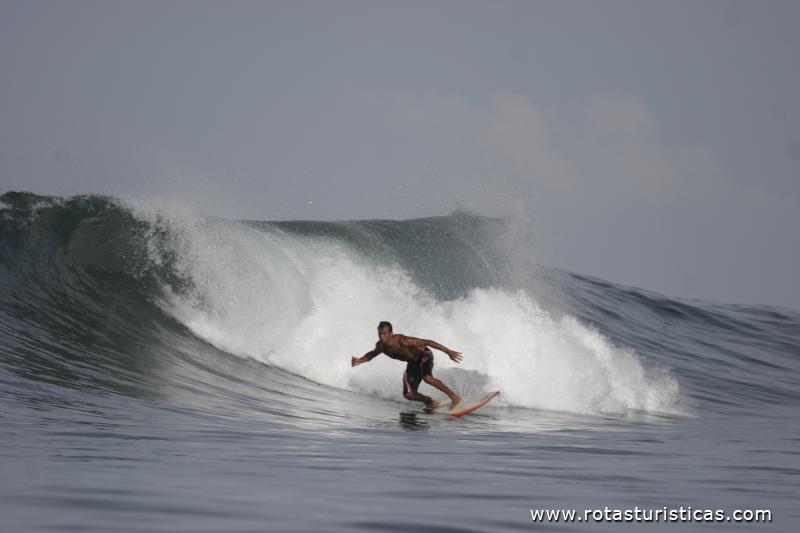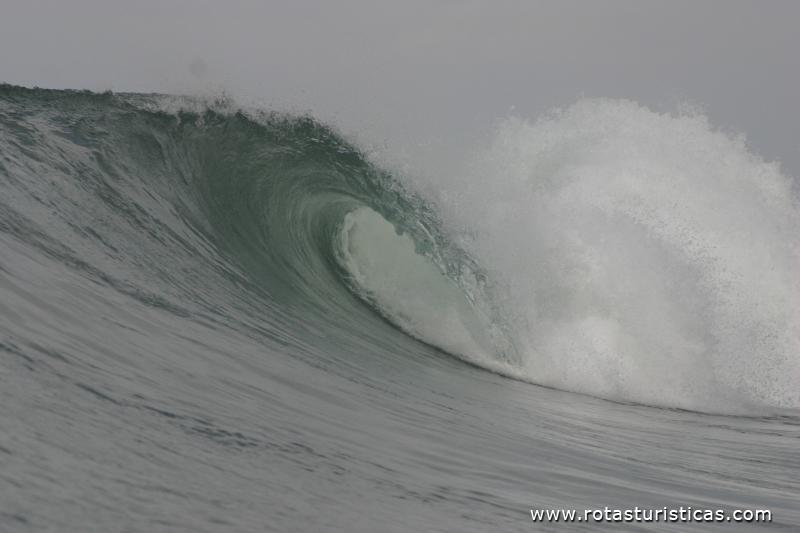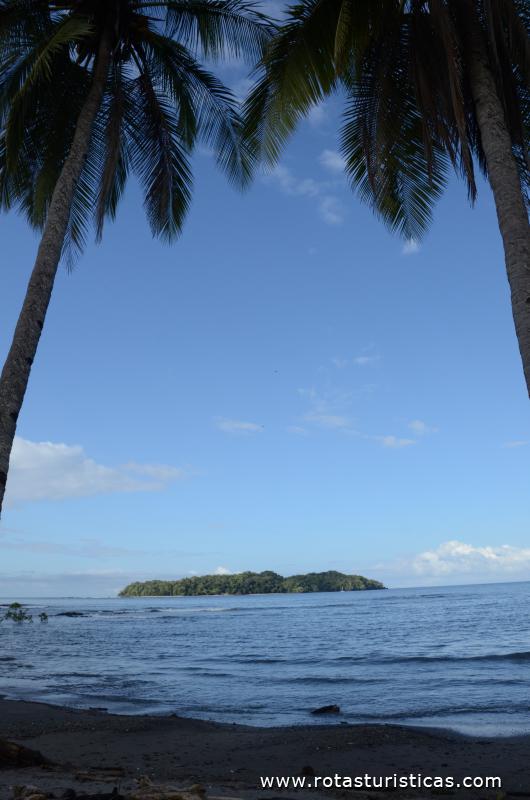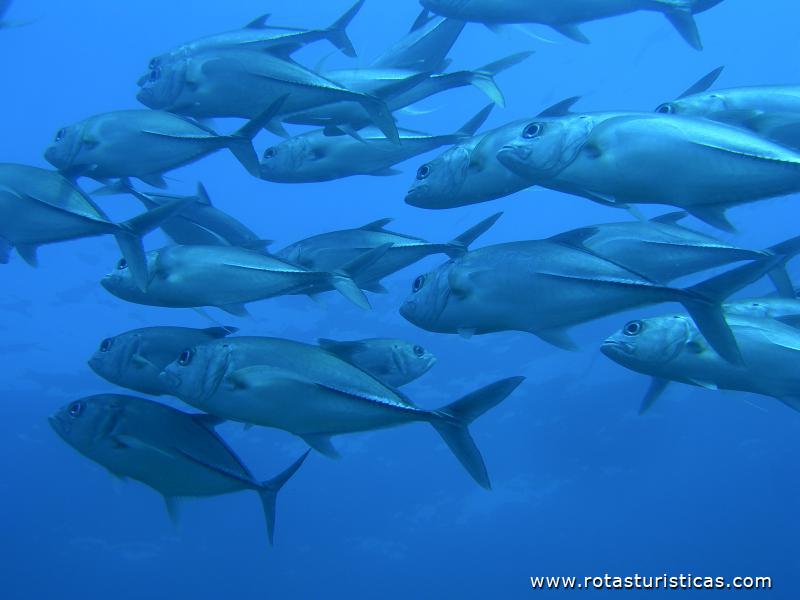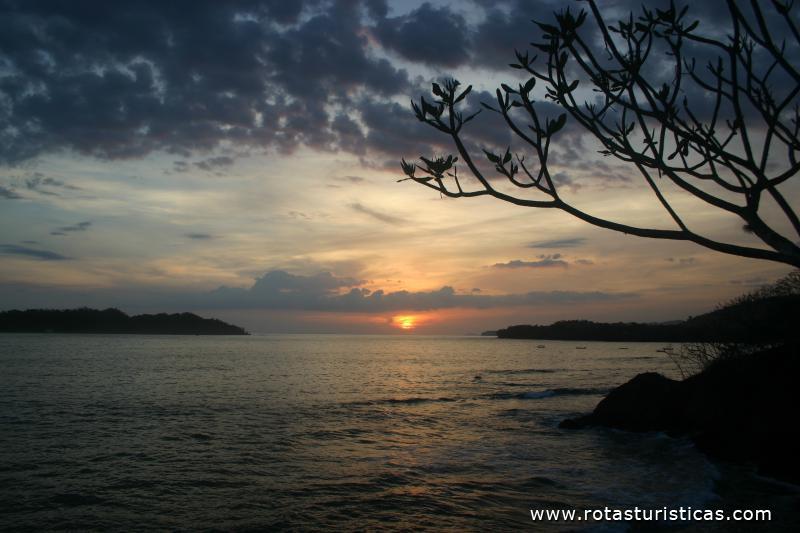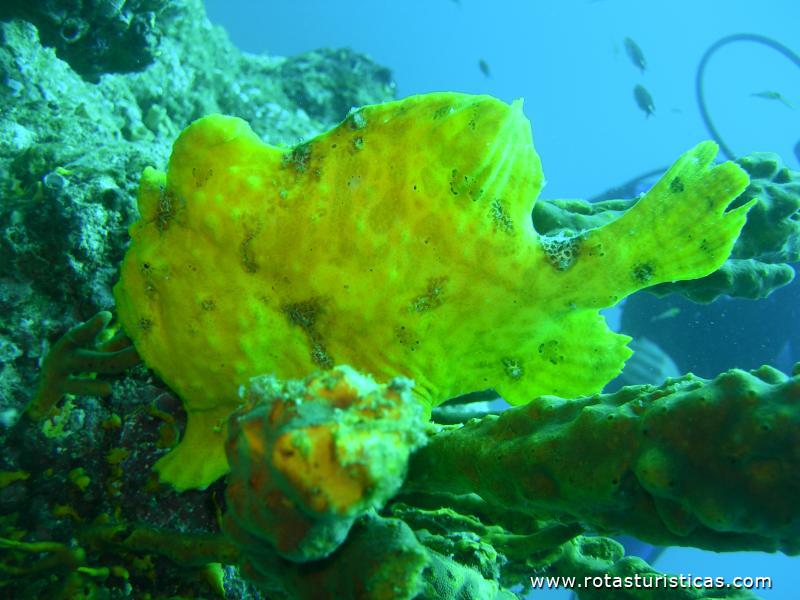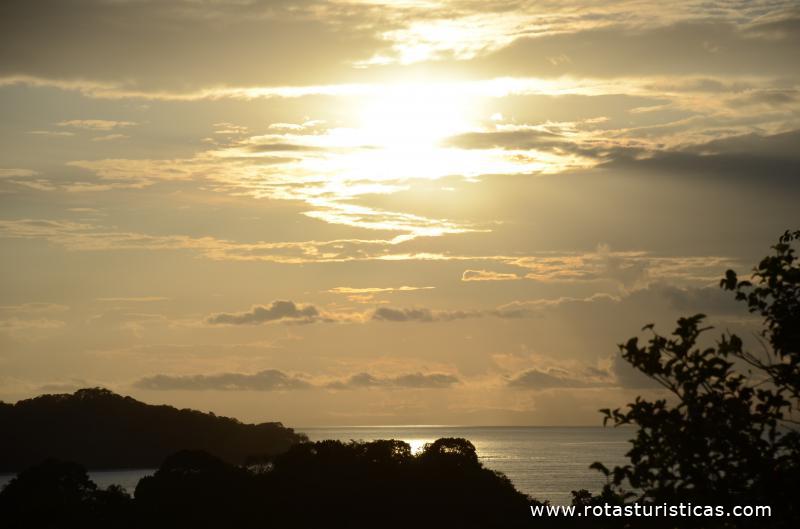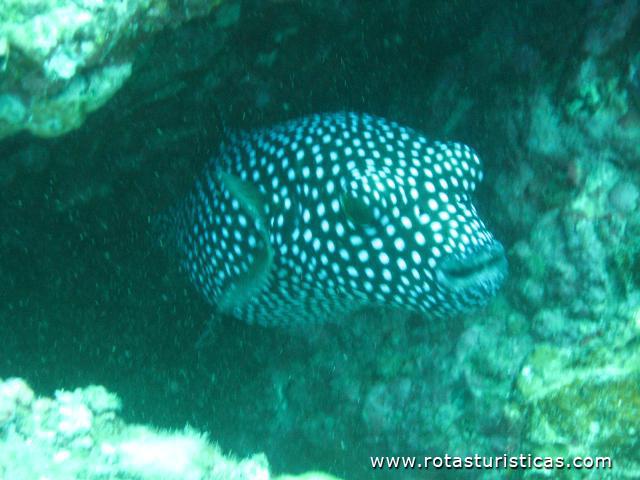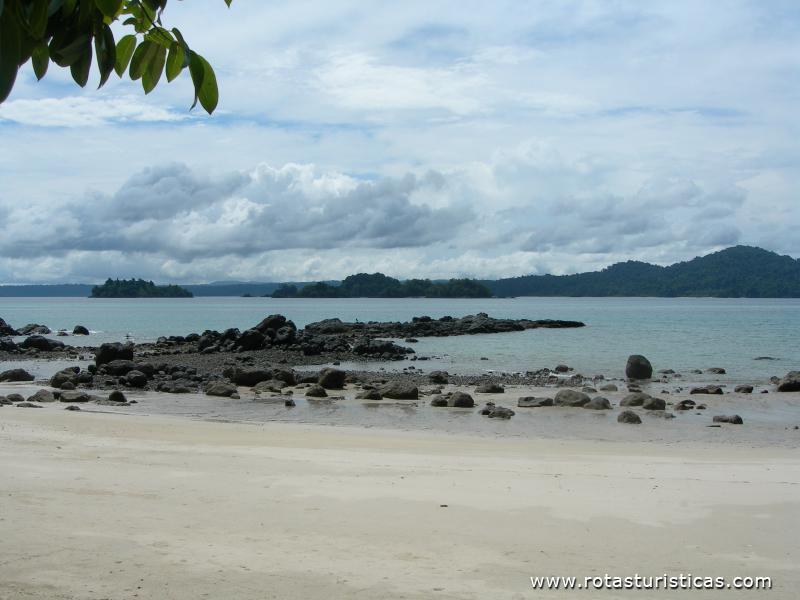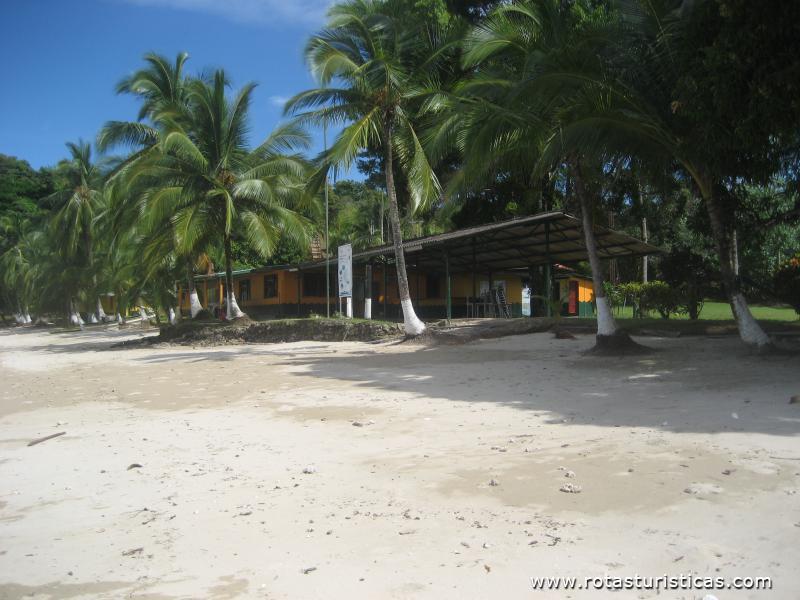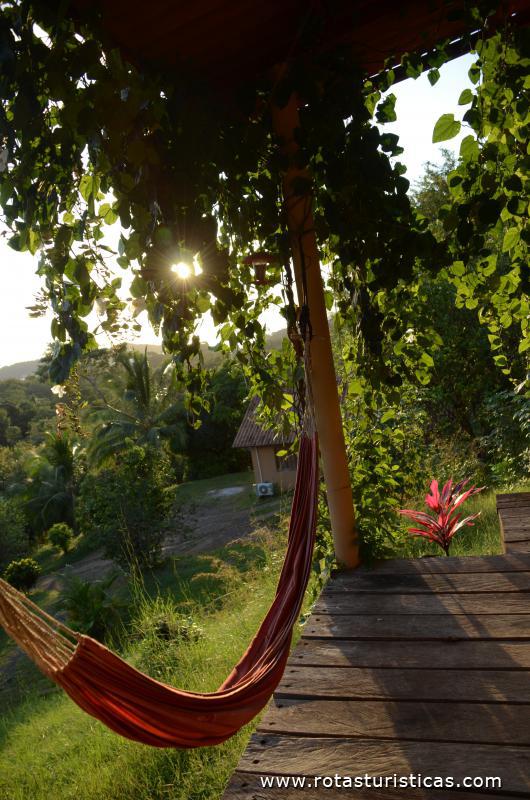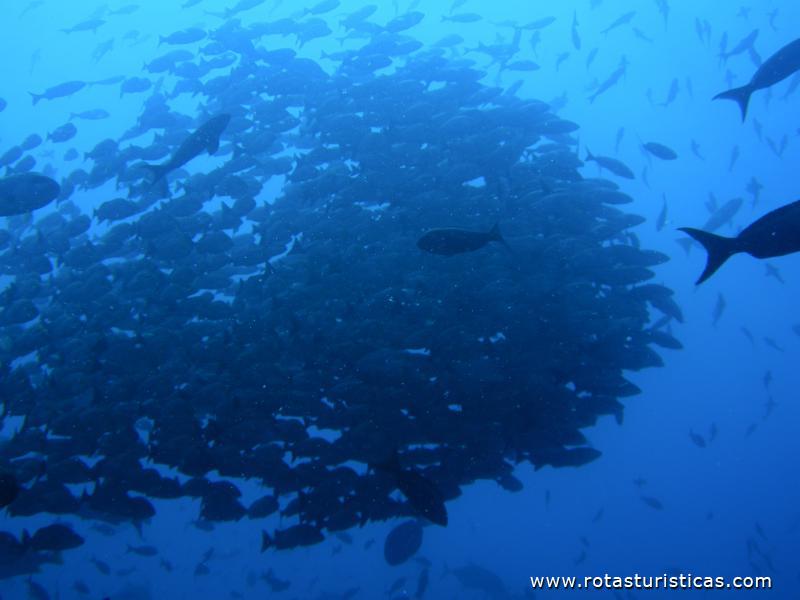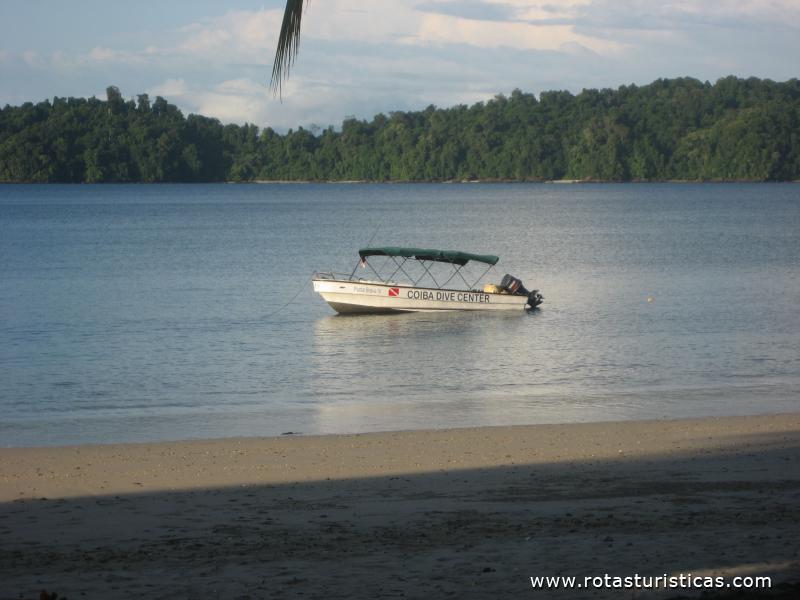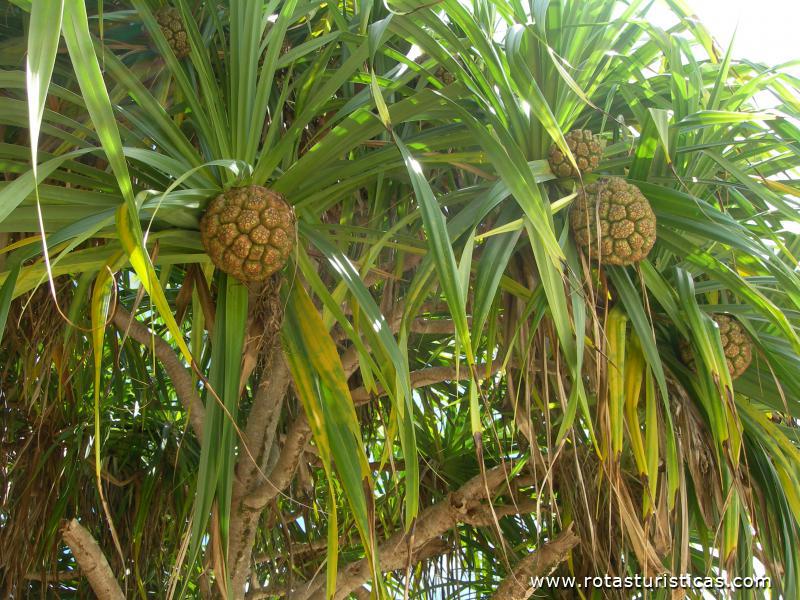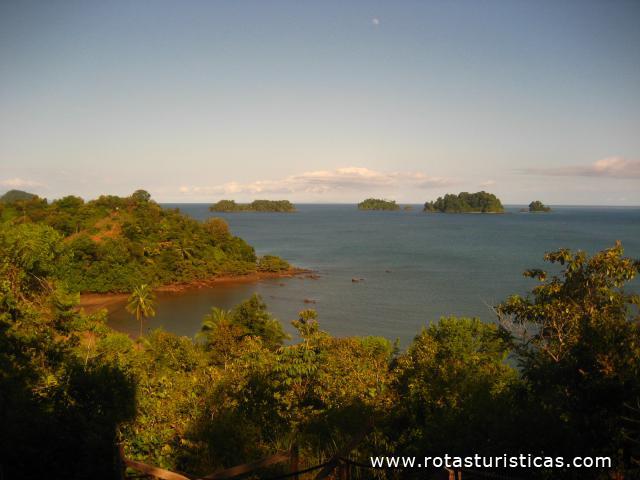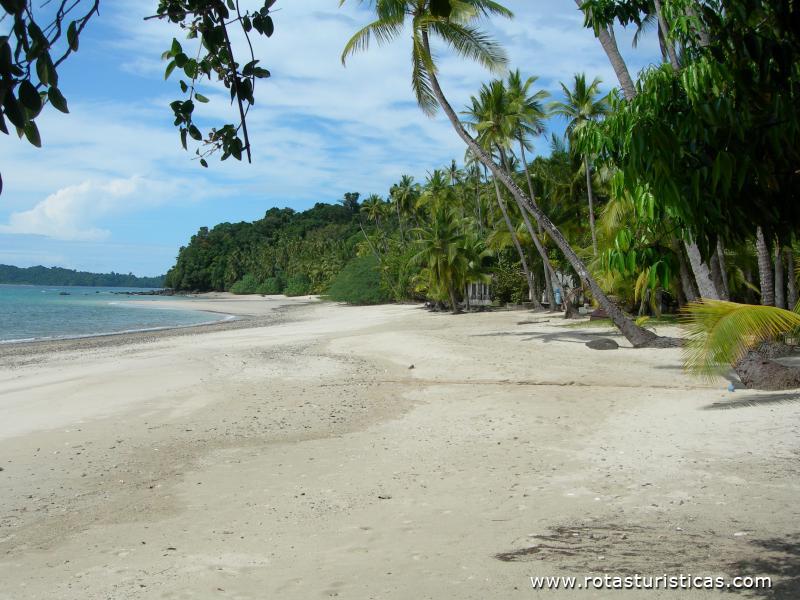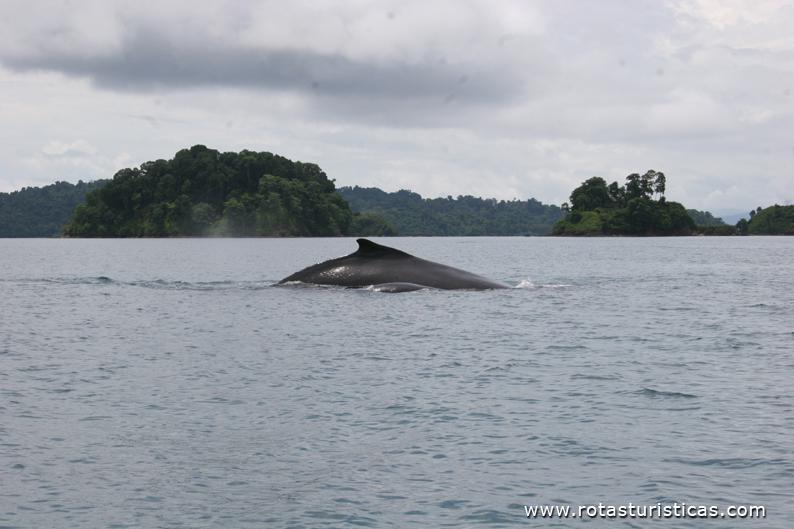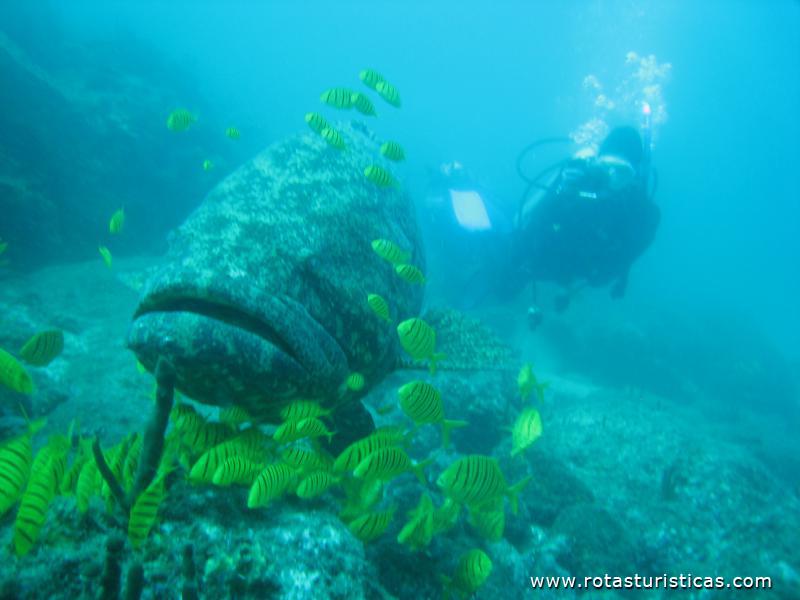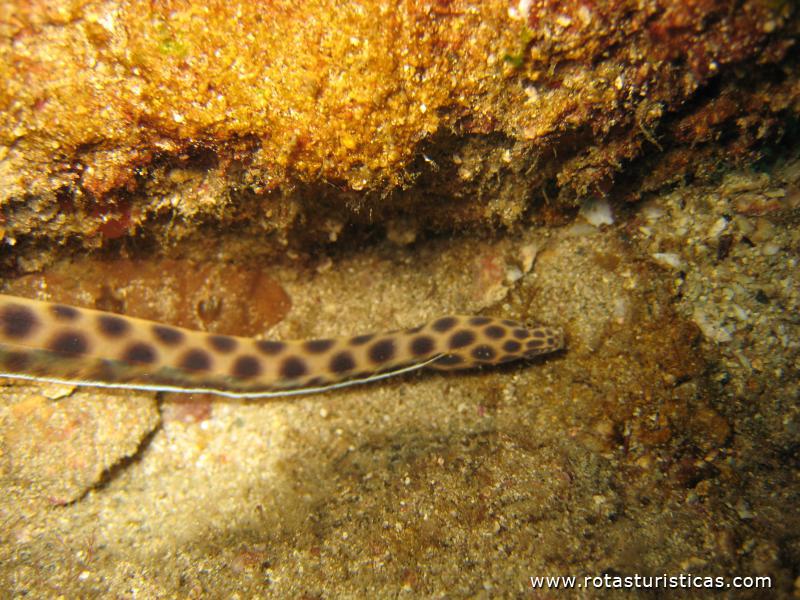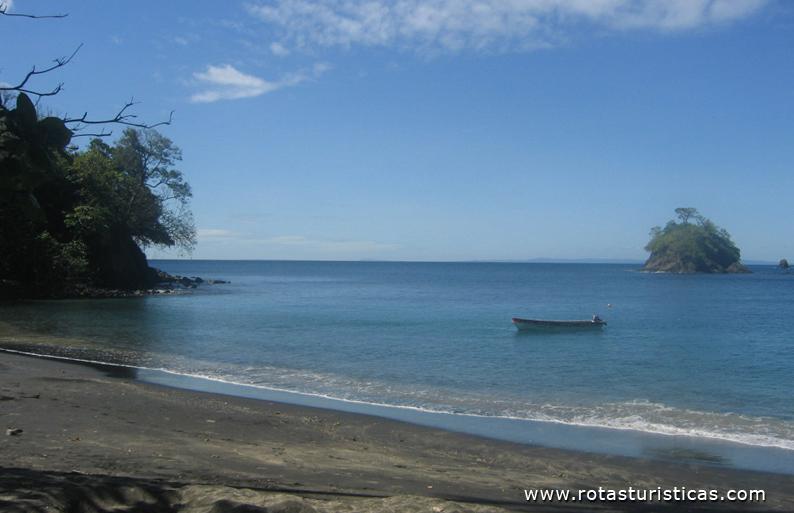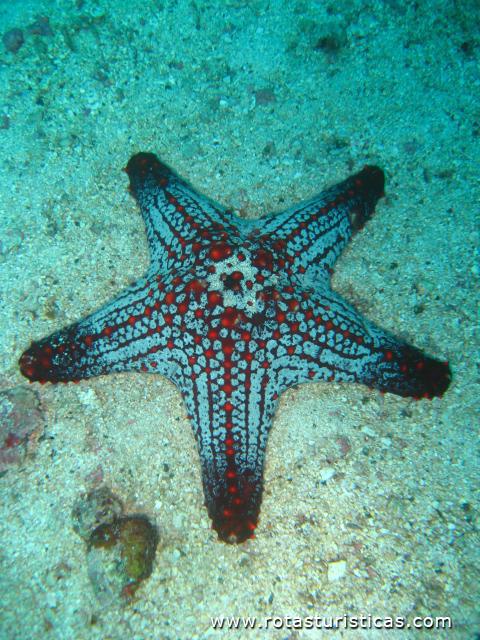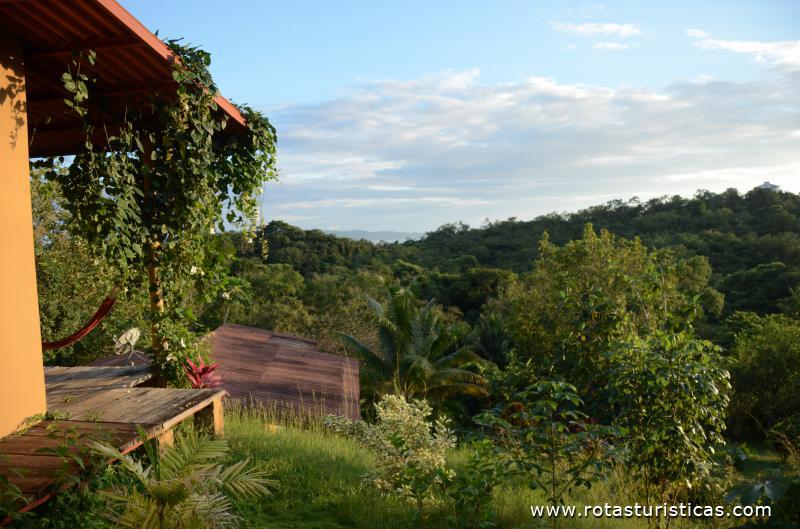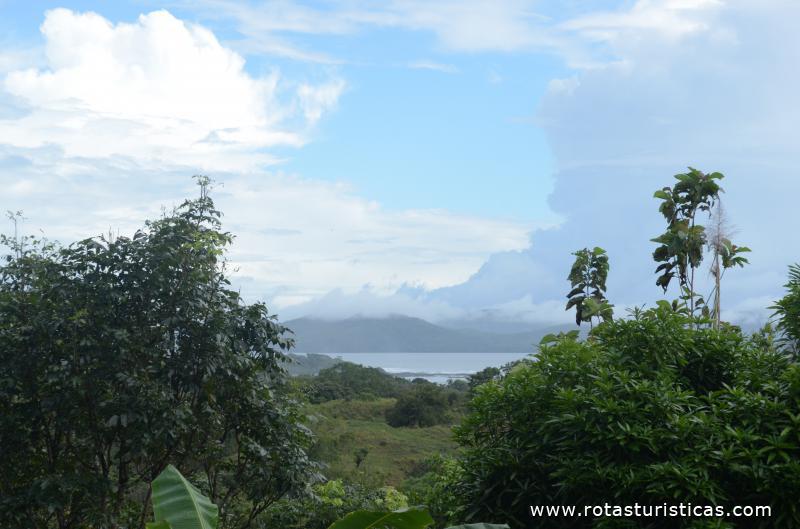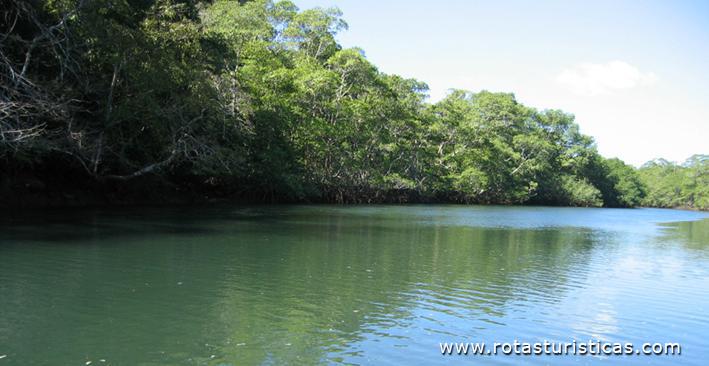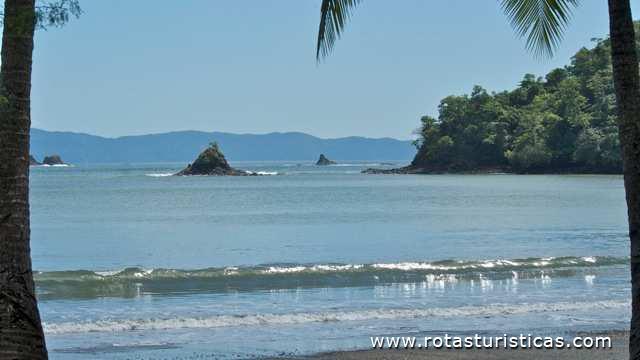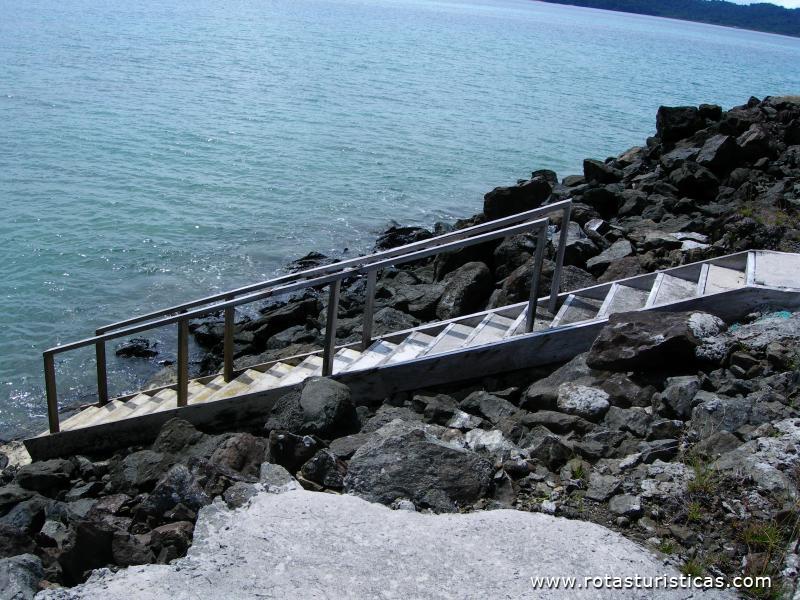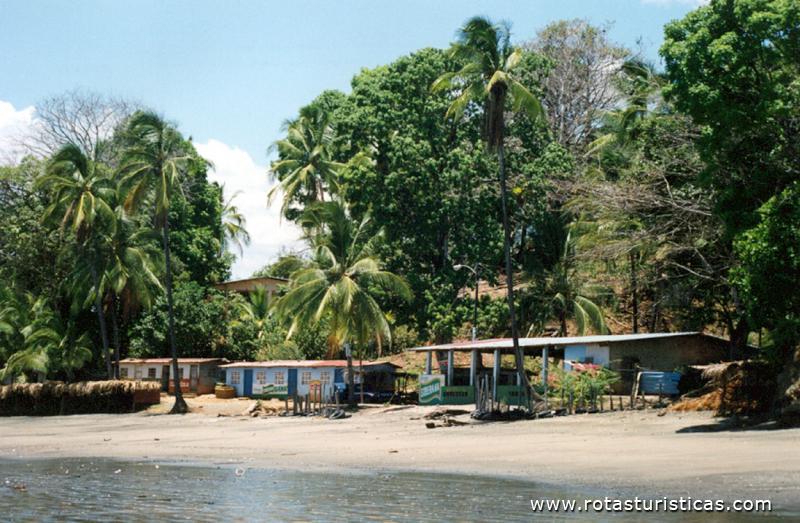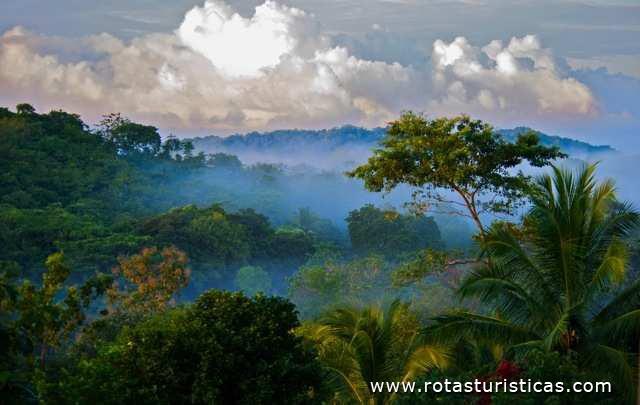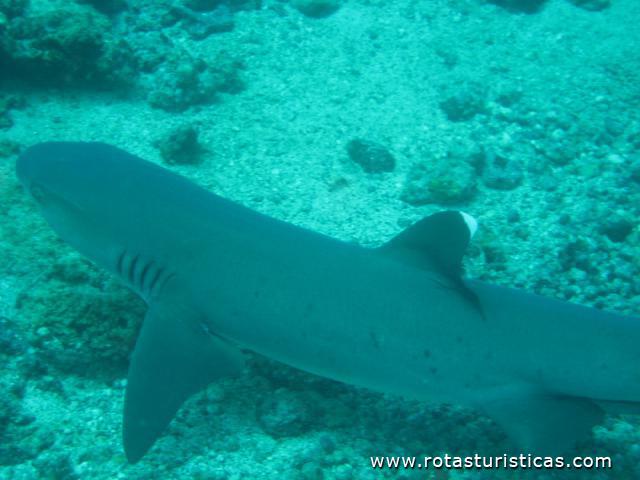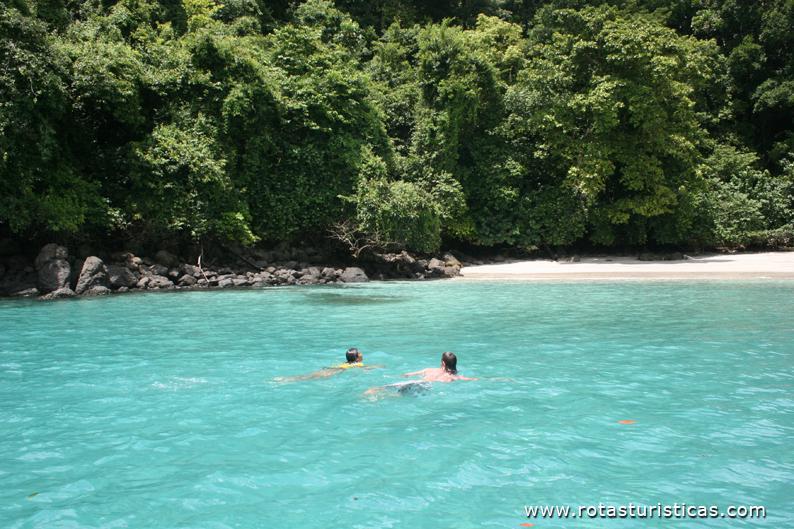Pictures of: Panama
Location map
Airports
Hotels and other Accommodation
Golf Courses
What to visit
Where to Eat
Where to have fun
Consulates & Embassies
World Nomads
The Travel Insurance with the largest coverage

The Travel Insurance with the largest coverage

Panama
Panama is a continental Central American country bordered on the north by the Caribbean Sea, on the east by Colombia, on the south by the Pacific Ocean, and on the west by Costa Rica. Its capital is Panama City.
It is located at the narrowest point in the continental part of Central America, on the isthmus that extends to South America. It is divided in half by the Panama Canal, which connects the Atlantic Ocean and the Pacific Ocean.
Each year, about 14,000 vessels (5% of the world's maritime trade) cross the 82 kilometers of the canal - that passed from the control of the United States to Panama in 2000.
It is located at the narrowest point in the continental part of Central America, on the isthmus that extends to South America. It is divided in half by the Panama Canal, which connects the Atlantic Ocean and the Pacific Ocean.
Each year, about 14,000 vessels (5% of the world's maritime trade) cross the 82 kilometers of the canal - that passed from the control of the United States to Panama in 2000.
Official language
Spanish
Currency
American dollar
Documentation
To enter Panama you must have the following documents and conditions:
Valid national passport or internationally recognized valid travel document, not less than six months
Tourist entrance visa (except for European Community countries and others).
Valid return travel ticket and sufficient funds during your stay.
Taking into account the various conditions necessary for entry into Panama, it is suggested that you contact the Panama Embassy or Consulate in the country of residence of the visitor to verify these requirements before starting your trip.
Valid national passport or internationally recognized valid travel document, not less than six months
Tourist entrance visa (except for European Community countries and others).
Valid return travel ticket and sufficient funds during your stay.
Taking into account the various conditions necessary for entry into Panama, it is suggested that you contact the Panama Embassy or Consulate in the country of residence of the visitor to verify these requirements before starting your trip.
Tourism
Thousands of tourists from around the world visit Panama every year. There are many attractions to see and amusements to do. Near Panama City, its capital, the main destinations are the Panama Canal, the ruins of old Panama, and the Colonial Casco Viejo section of Panama City.
Panama has in addition to beaches, world-class sport fishing, scuba diving on the Atlantic and Pacific coasts, and is a mecca for bird watchers from around the world. Visitors can venture into the jungle in El Valle, savor the world's best coffee in Boquete, or snorkel in the perfect coral reefs around in Bocas del Toro.
From cosmopolitan Panama City to the sleepy little towns in the middle of nowhere, in every corner of Panama, there is something to offer to tourists and visitors.
Panama has in addition to beaches, world-class sport fishing, scuba diving on the Atlantic and Pacific coasts, and is a mecca for bird watchers from around the world. Visitors can venture into the jungle in El Valle, savor the world's best coffee in Boquete, or snorkel in the perfect coral reefs around in Bocas del Toro.
From cosmopolitan Panama City to the sleepy little towns in the middle of nowhere, in every corner of Panama, there is something to offer to tourists and visitors.
Gastronomy
In Panama there are abundant delicious seafood such as lobster and octopus, as well as the fresh fish of the zone, among which we find, guinea pig, corvina, snapper and grouper, all prepared in different ways, especially to the Caribbean with coconut sauce and even with ceviche. Food: Ropa vieja ('old clothes') is salted meat with onions, garlic, and peppers served with yellow rice.
In Panama there is a great variety of typical dishes, all of them delicious and exotic, and they delight all those who taste them.
The "breakfasts" are made with omelets, eggs, steaks or liver with onions. The traditional national dish of Panama is "sancocho", a kind of stew made with several types of meats (chicken, chicken, pork and cow) and with varied tubers like yam, otoe, cassava, and corn. It is a dish that admits of everything and consumed very hot, although it can seem a paradox by the climate of the country.
Other typical dishes are tamales, corn paste stuffed with meat and wrapped in banana leaves, guacho, rice with chicken, tamale of panela, richly stewed rice with seafood, carimanholas, tomatoes and chickens in corn flour, the dish called "Ropa Velha", the rich cassava pies filled with meat, as well as tempting fritters based on cassava or corn and boiled bananas.
The desserts are all a temptation and a delight, since they abound the very varied tropical fruits like guava, coconut, pineapple or papaya among others. The dessert that must not be tasted is the "rubber soup", a sweet prepared with vanilla soaked in liquor and covered with raisins. Also in the Darién area you can treat yourself to a delicious honey.
In Panama there is a great variety of typical dishes, all of them delicious and exotic, and they delight all those who taste them.
The "breakfasts" are made with omelets, eggs, steaks or liver with onions. The traditional national dish of Panama is "sancocho", a kind of stew made with several types of meats (chicken, chicken, pork and cow) and with varied tubers like yam, otoe, cassava, and corn. It is a dish that admits of everything and consumed very hot, although it can seem a paradox by the climate of the country.
Other typical dishes are tamales, corn paste stuffed with meat and wrapped in banana leaves, guacho, rice with chicken, tamale of panela, richly stewed rice with seafood, carimanholas, tomatoes and chickens in corn flour, the dish called "Ropa Velha", the rich cassava pies filled with meat, as well as tempting fritters based on cassava or corn and boiled bananas.
The desserts are all a temptation and a delight, since they abound the very varied tropical fruits like guava, coconut, pineapple or papaya among others. The dessert that must not be tasted is the "rubber soup", a sweet prepared with vanilla soaked in liquor and covered with raisins. Also in the Darién area you can treat yourself to a delicious honey.
Weather
The climate is tropical, hot and humid, with cool nights. Only the lower area, on the Pacific coast, has a dry season for much of the year. The average annual thermal temperature in both coasts is 27 ° C and 10 ° C to 19 ° C in the mountains.
The most intense rains fall between March and September. The annual rainfall is between 1,500 and 3,500 mm on the Caribbean coast and between 1,140 and 2,290 in the Pacific.
The most intense rains fall between March and September. The annual rainfall is between 1,500 and 3,500 mm on the Caribbean coast and between 1,140 and 2,290 in the Pacific.
Safety
In general, Panama is a safe country, but in recent years there has been a deterioration of security conditions and the appearance of previously unknown crimes, such as kidnapping. The robberies of tourists in the historic centers and commercial districts of major cities are also increasing, so it is not advisable to carry large sums of money and it is advisable to keep your documents in a safe place.
Areas of risk to be avoided include some areas of Panama City (Chorrillo and Curundú neighborhoods), the city of Colón on the Caribbean coast and the province of Darién, on the border with Colombia.
Areas of risk to be avoided include some areas of Panama City (Chorrillo and Curundú neighborhoods), the city of Colón on the Caribbean coast and the province of Darién, on the border with Colombia.
Health care
The sanitary network is good in Panama City and in the main tourist centers. It is advisable to subscribe to an insurance policy that allows coverage of hospitalization expenses and sanitary evacuation situations.
The major cities are malaria-free, which is endemic in some regions of the country. Dengue cases are increasing, especially but not exclusively, in rural areas.
The major cities are malaria-free, which is endemic in some regions of the country. Dengue cases are increasing, especially but not exclusively, in rural areas.
Telecommunications and Electricity
Mobile Phones
The use of mobile devices can be used if roaming is enabled, however, paying attention to very high roaming charges.
Internet
Panama is well served by internet services, there are several cybers-cafes with high-speed connections.
In case you have a laptop or notebook, there are numerous cafes that offer the free wi-fi connection.
Electricity
The electricity is 110/120 Volts 50 Hz.
It is advisable to have a kit of adapters for the outlets and a current converter for 220V.
The use of mobile devices can be used if roaming is enabled, however, paying attention to very high roaming charges.
Internet
Panama is well served by internet services, there are several cybers-cafes with high-speed connections.
In case you have a laptop or notebook, there are numerous cafes that offer the free wi-fi connection.
Electricity
The electricity is 110/120 Volts 50 Hz.
It is advisable to have a kit of adapters for the outlets and a current converter for 220V.
Other tourist destinations in:
Panama
Panama
Other world tourist destinations
Why to book with BOOK HOTEL MADEIRA
The best prices
Our partnerships with the world´s largest operators offer research on the best market prices.
More options
At Rotas Turisticos you can book the hotel, buy the air ticket, book the transfer from the airport to the hotel and vice versa, book the local excursions, rent the car, take travel insurance and consult the places to visit and where to go.
Holiday Tips & Destinations
Hundreds of holiday destinations with all the options that allow you to easily choose the destination that best suits your dream vacation.
BOOK HOTEL MADEIRA
Links

